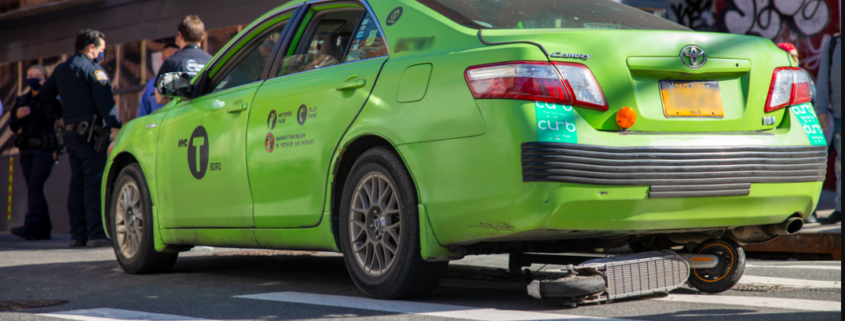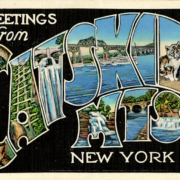The Plague of Motorized Scooters in our large Cities?
What’s not to like? In general, scooters are a low cost and low environmental impact mobility solution ideally suited for urban environments. Not only do they enable people to get from one place to the other above ground, but they can also provide a needed cheap rush of adrenalin when operators dodge vehicles, parked cars, and temporary structures that restaurants have erected.
Scooters have had a long history, but sales of this item started increasing shortly after 2000 when Micro Mobility systems developed and started selling their collapsible metal razor to the public.
Soon consumers, from toddlers to senior citizens, started using this relatively cheap and convenient recreational toy, as a viable means of transportation.
In 2003, Micro Mobility introduced their electric kick scooter, also known as e-scooters or motorized scooters. Soon cheap imitations were manufactured and sold throughout the world. In addition to individuals purchasers, some enterprising corporations like Bird and Lime bought large numbers of these scooters to rent to users provided they downloaded an app on their smart phone and had a valid credit card.
Shortly thereafter rentable and dockless motorized scooters, just like bikes, started appearing and being used in big cities throughout the world.
In order to operate in the cities of most advanced industrialized countries, the motorized scooter companies that rented out their units needed official-government permission. Thus the businesses negotiated with city councils (or departments of transportation) about regulations considering how many scooters could be on the streets, places where the scooters could be used, and where they could be parked (e.g., docking stations). Today there is considerable variation among the municipal or state level ordinances regulating motorized scooters.
Over a period of time, due to a multiplicity of factors, licenses were extended, or terminated (e.g., New York City), new rental companies entered the market, others folded, or withdrew from certain markets, and the public reacted.
Although the scooters provide alternatives to private and mass transit solutions, despite instructions from the companies to their users, they were parked in lots of inconvenient places (e.g., in the middle of sidewalks, etc.), and frequently driven in a reckless manner (i.e., on sidewalks, in bike lanes, and in vehicular traffic), proving dangerous to users, other vehicle operators, and pedestrians.
In short, the introduction of the motorized scooters created numerous negative externalities, the brunt of which landed primarily on city residents. More importantly these drawbacks were probably predicable.
What kind of lessons can we learn from the rolling out of motorized scooters?
There are probably two main ones:
• First, each new mobility option requires accommodations by the companies who want to enter a new market.
• Second, each municipality needs to do a better job protecting its citizens from the externalities.
As we move towards the adoption of autonomous driving vehicles, cities can’t simply rely on the private sector to know what’s best for the public.
Municipalities must be proactive if they are going to minimize the negative effects of new mobility solutions on the people who not only work in the cities but live there too.
Mobility solutions may look like fun, be relatively easy to access, and have lower impact on the environment, but they can also not be what they are cracked up to be.
Photo Credit
“The site of a car–scooter collision in New York City”
Andrew Henkelman
Electric scooter Crash in New York City, scooter was driving in a bike lane and the taxi was making a left hand turn












